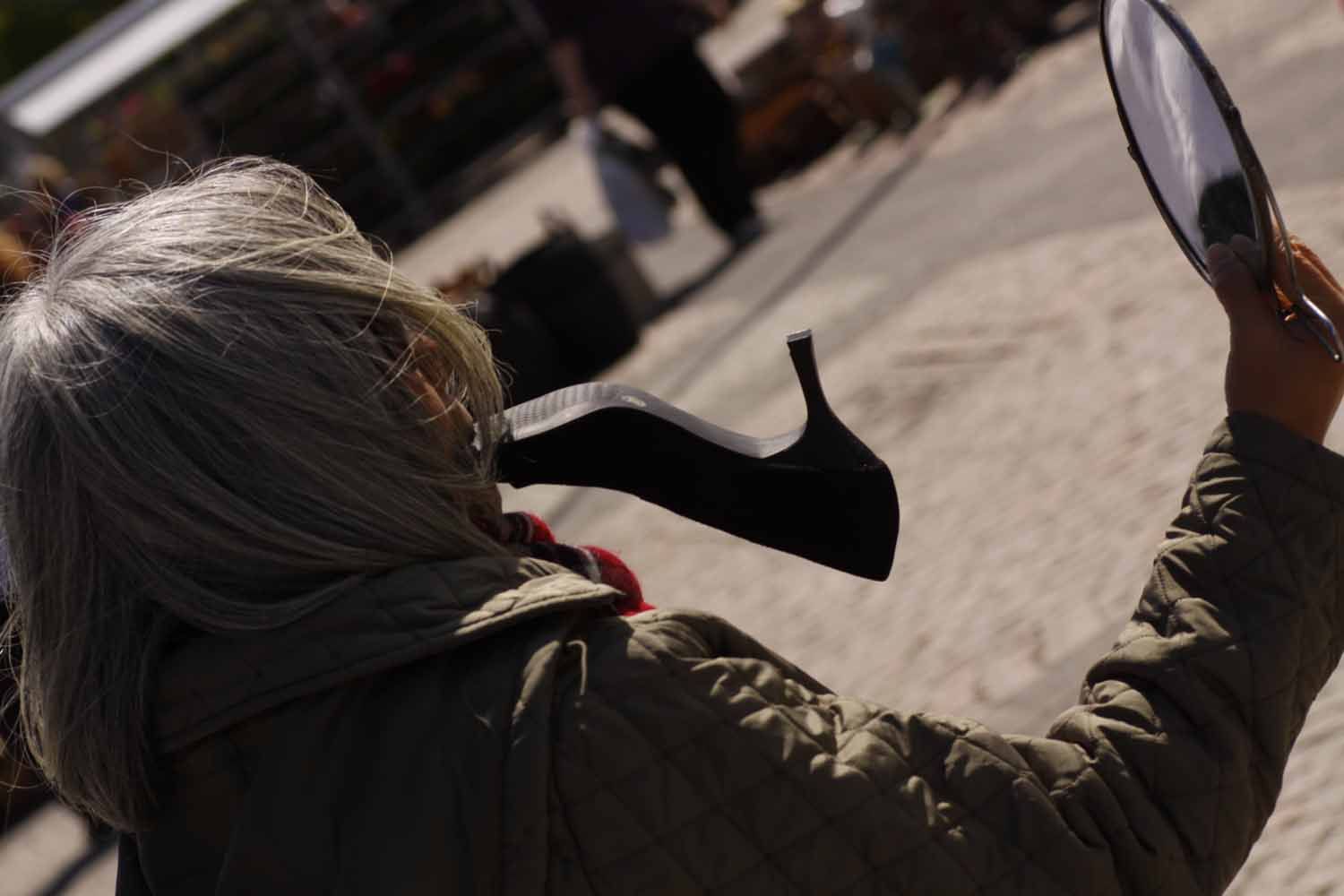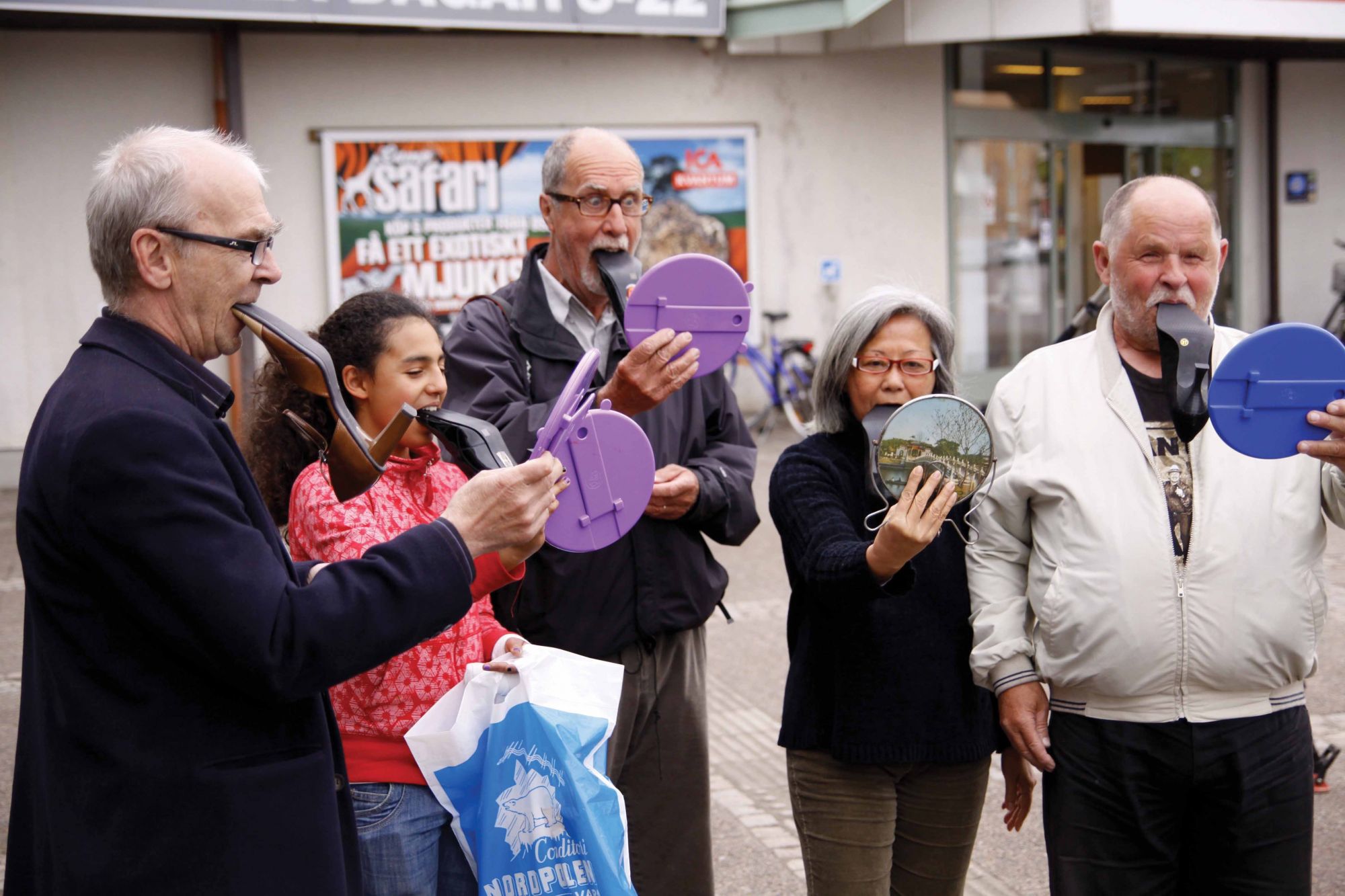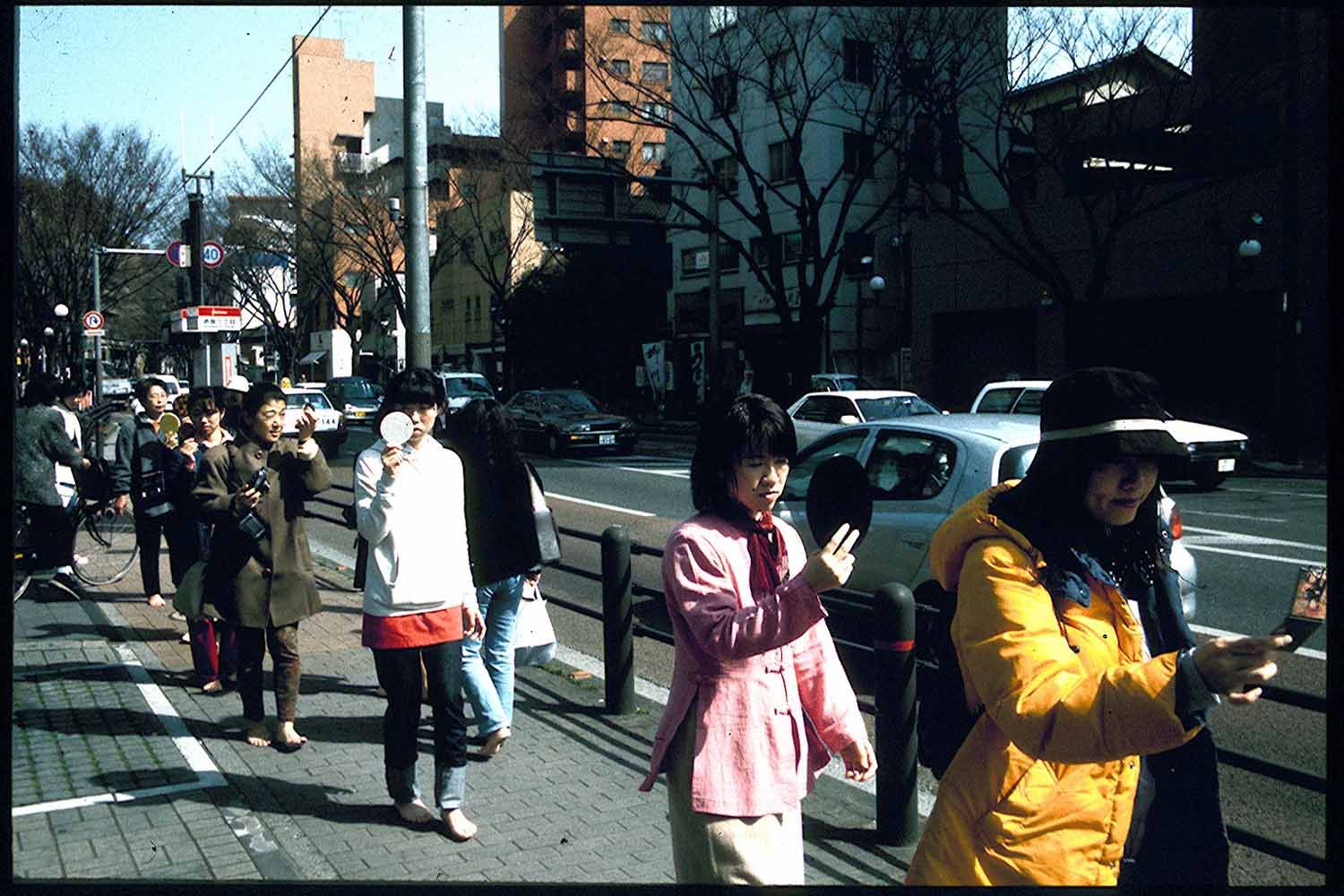How did Let’s Walk come about?
Amanda Heng (AH) It was the things happening around me at that time, to my friends and family—women were asked to go because they were pregnant or companies were downsizing. And what was glaring were the many beauty advertisements then. Women were judged on how they looked, and they themselves felt they lost out because of that.
Has anything changed since then?
AH I can’t speak for all women, because I’m not in the workforce as such. But generally, the current sexual harassment issues in Hollywood are blatant examples of how some things never change. But change lies within the individual. If you’re thinking seriously about identity, how can you rely on someone else to define it for you? We need to bring about change ourselves.
You will revisit the work with student-participants. What is it like working with them?
AH The work will remain the same, but the context is different. The way the internet generation thinks is different. It’s hard to get them to be more hands-on, but it’s interesting because then you bring them back to the basics. It’s a learning process for me as well and I’m constantly challenged. I would say that it’s more of a participatory work because the ideas come from me as an artist, but it’s necessary for the participants to go through the process for them to have their own experience.
What are you excited about this year’s festival?
AH The audience has become an important part of the experience. In our art scene, we rarely talk about the art or artistic merit per se. So I hope that we can bring that to art in itself—let’s talk about the art. Is performance art a genre or a practice? What kind of tradition does it have, with the traditional art forms such as painting or sculpture? Almost every contemporary work engages the audience, but there’s no discourse here. I hope that with these workshops where I work with the students, and the exhibitions, we can bring this back. How do we talk about art as part of our everyday conversation?
Your search for a meaning in life led you to the arts. Have you found that meaning today?
AH I think the meaning is in the process, which is what performance art is about. You show the audience the full process, rather than the final work. It continues with whatever it is I’m concerned with—usually a response to what has changed in our lives. It’s not just about being a Singaporean, but how do you survive in a global world. How do you find a meaningful life in any situation?



